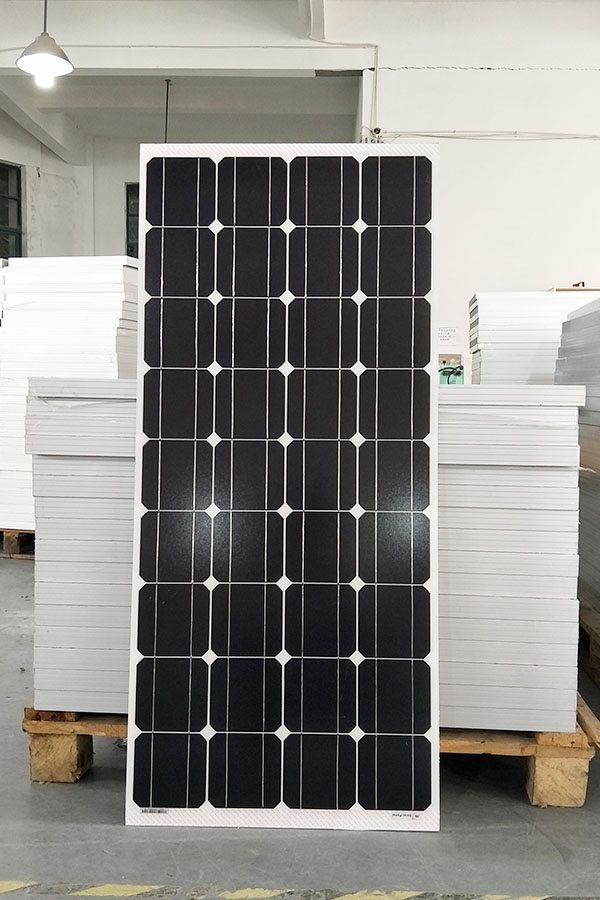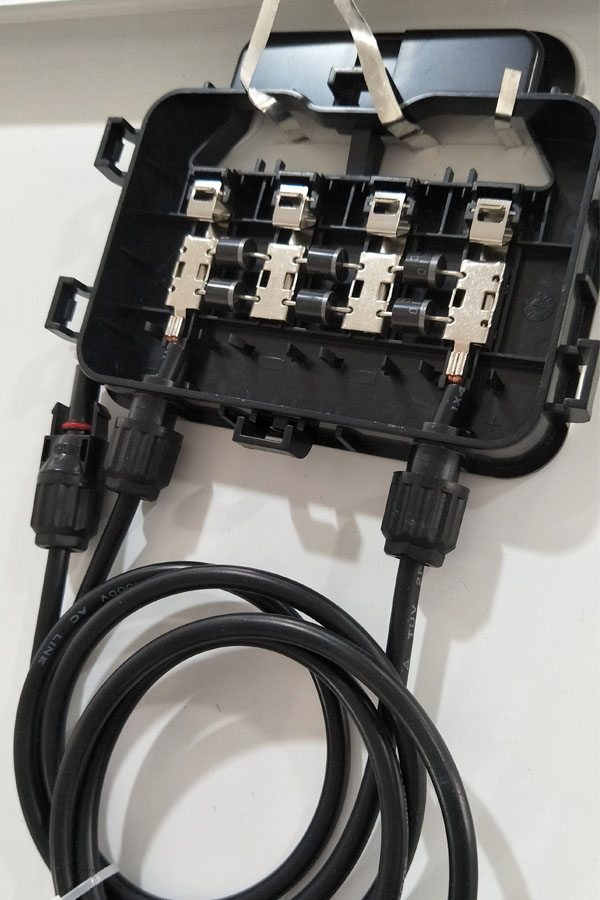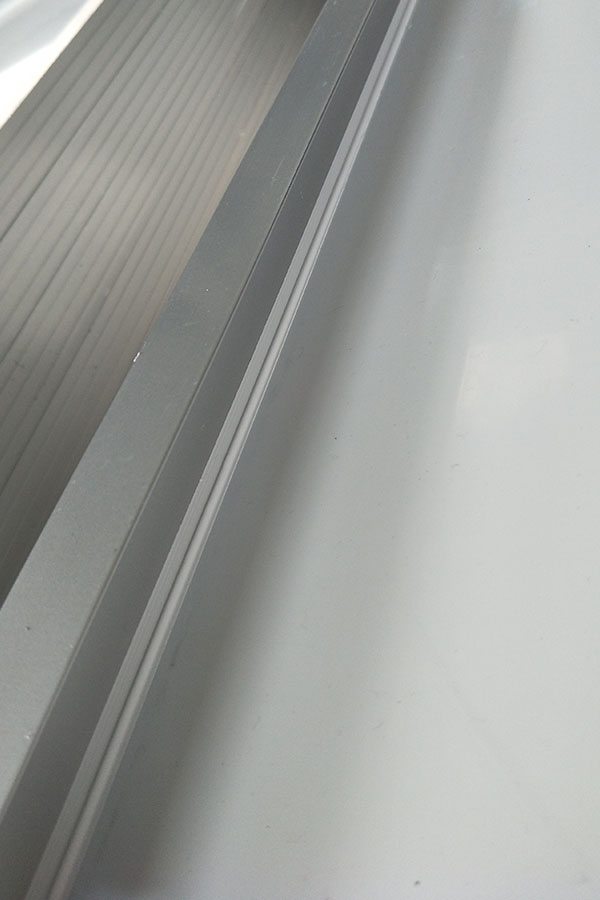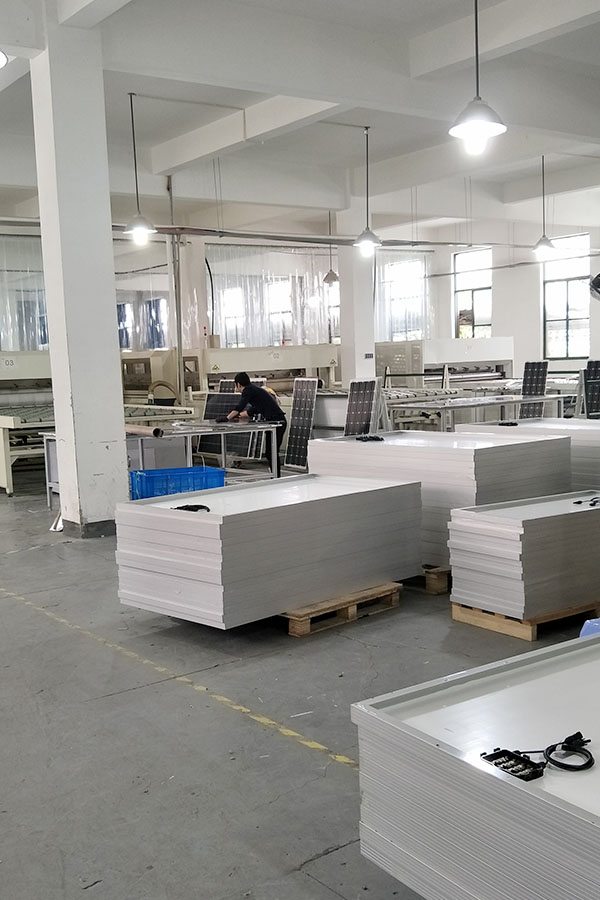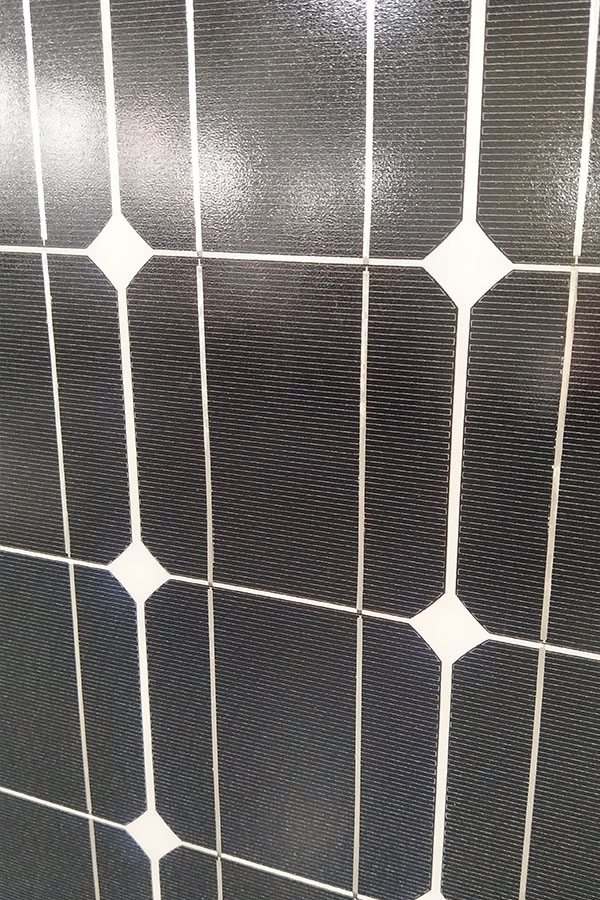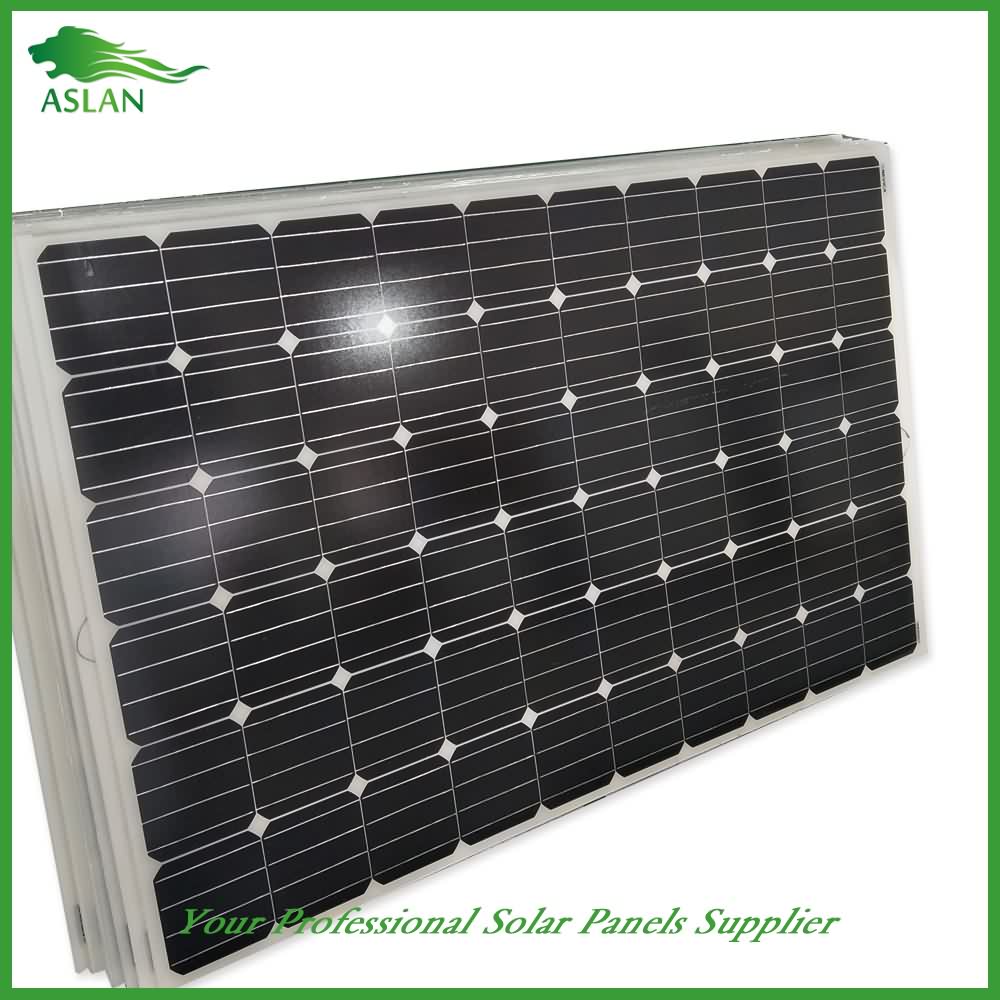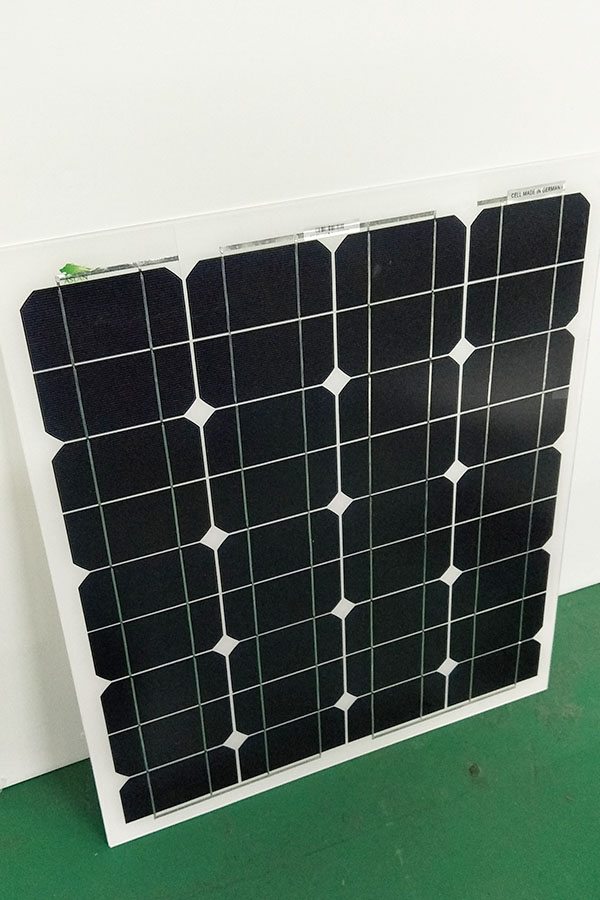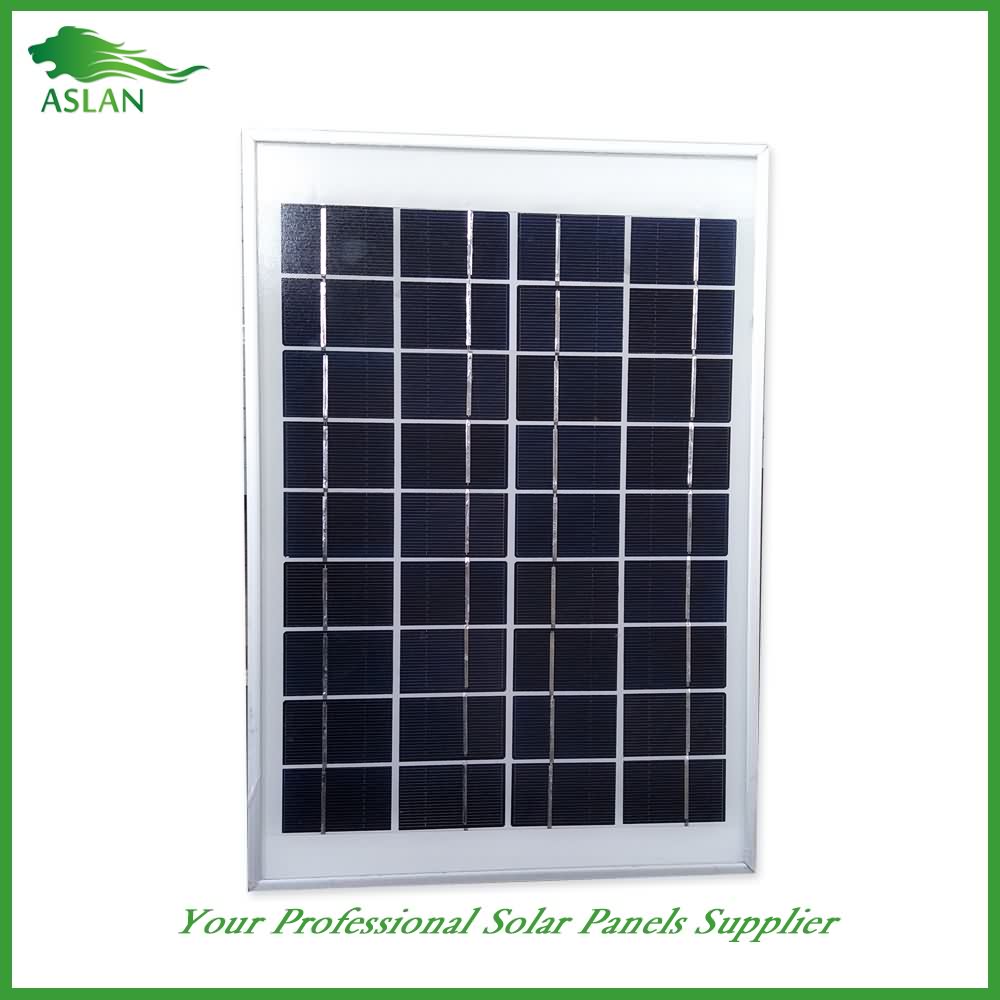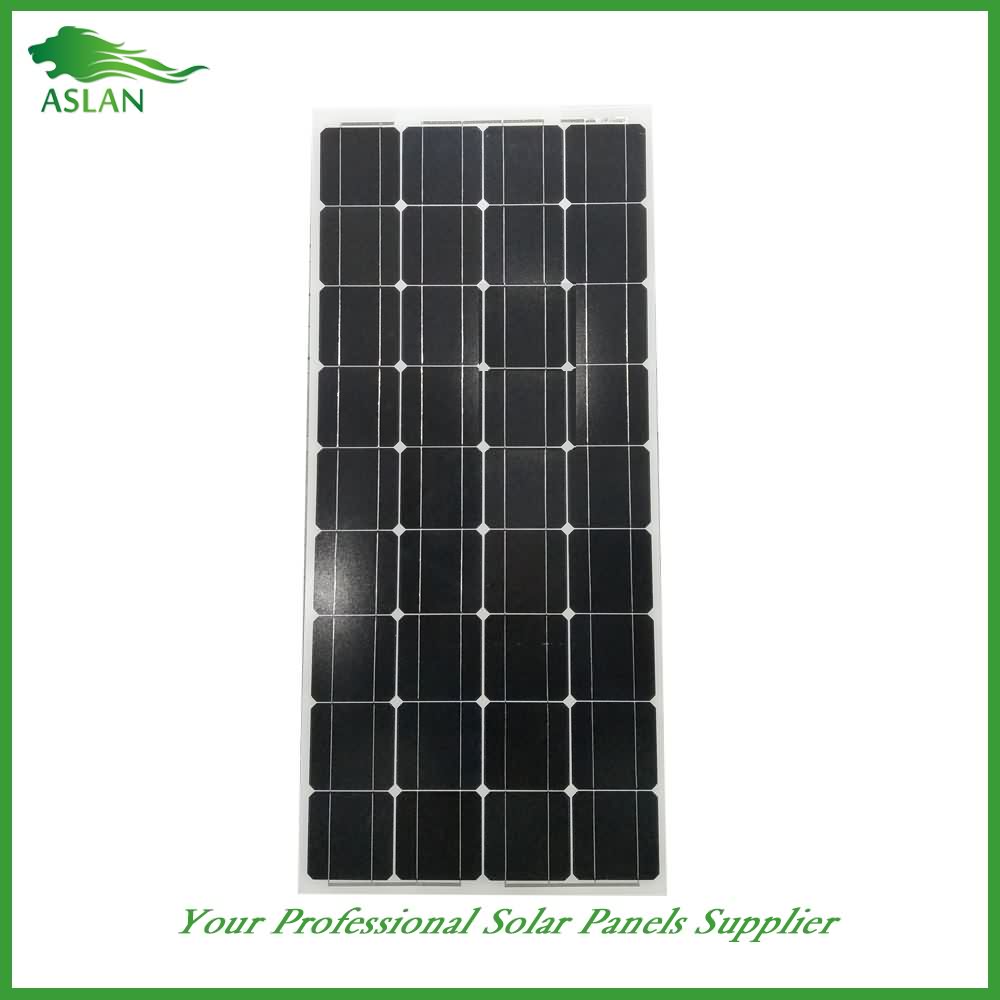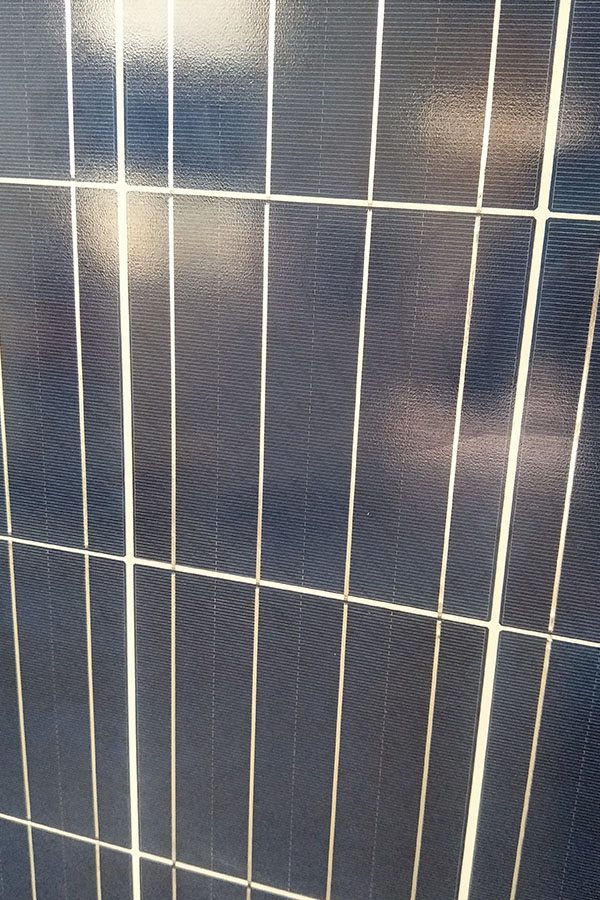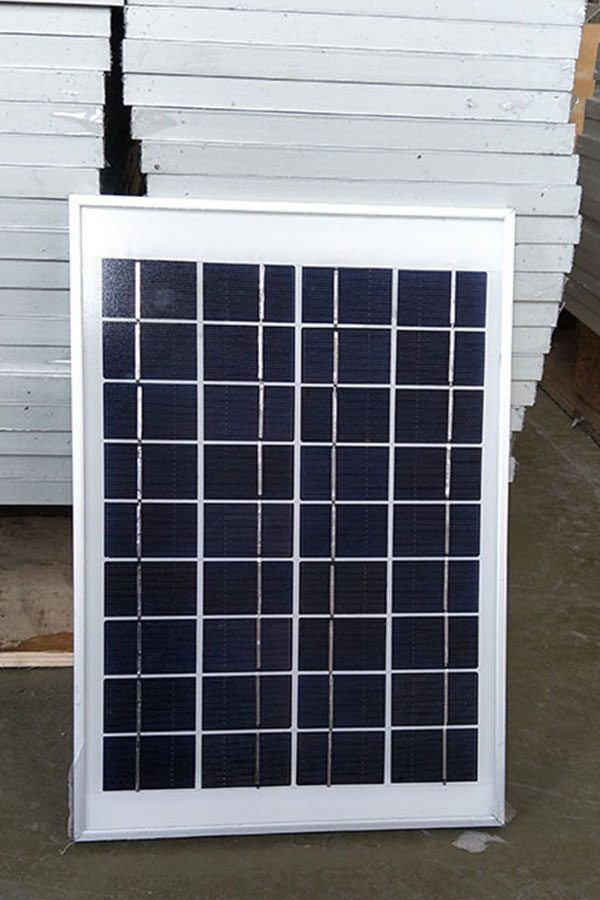19 Years manufacturer Mono-Crystalline 150W Solar Panel Manufacturer in Cologne
Short Description:
We keep improving and perfecting our products and service. At the same time, we work actively to do research and development for 19 Years manufacturer Mono-Crystalline 150W Solar Panel Manufacturer in Cologne, We sincerely welcome all guests to set up business relationships with us on the basis of mutual benefits. Please contact us now. You will get our professional reply within 8 hours.
Mono-Crystalline 150W Solar Panel
Technical parameter
Maximum Power(W) 150W
Optimum Power Voltage(Vmp) 17.92V
Optimum Operating Current(Imp) 7.83A
Open Circuit Voltage(Voc) 21.86V
Short Circuit Current(Isc) 8.59A
Mechanical Characteristics
Cell Type Monocrystalline 156x156mm (6 inch)
No of Cell 36 (4x9pcs)
Dimensions 1485x668x35mm
Weight 11.6KGS
Front Glass 3.2mm,High Transmission, Low Iron,Tempered Glass
Junction box IP65 Rated
Output Cable TUV 1×4.0mm2/UL12AWG,Length:900mm
Temperature and Coefficients
Operating Temperature(°C): -40°C ~ + 85°C
Maximum System Voltage: 600V(UL)/1000V(IEC) DC
Maximum Rated Current Series: 15A
Temperature Coefficients of Pmax: -0.435%
Temperature Coefficients of Voc: -0.35%
Temperature Coefficients of Isc: 0.043%
Nominal Operationg Cell Temperature (NOCT): 47+/-2°C
Materials of solar panel
1).Solar Cell——Mono-crystalline solar cell 156*156mm
2).Front Glass——-3.2mm, high transmission, low iron, tempered glass
3).EVA——-excellent anti-aging EVA
4).TPT——-TPT hot seal made of flame resistance
5).Frame——anodized aluminum profile
6).Junction Box——-IP65 rated, high quality, with diode protection
Superiority: high quality anodized aluminum frame, high efficiency long life, easy installation, strong wind resistance, strong hail resistance.
Features
1. High cell efficiency with quality silicon materials for long term output stability
2. Strictly quality control ensure the stability and reliability, totally 23 QC procedures
3. High transmittance low iron tempered glass with enhanced stiffness and impact resistance
4. Both Polycrystalline and Mono-crystalline
5. Excellent performance in harsh weather
6. Outstanding electrical performance under high temperature and low irradiance
Quality assurance testing
Thermal cycling test
Thermal shock test
Thermal/Freezing and high humidity cycling test
Electrical isolation test
Hail impact test
Mechanical, wind and twist loading test
Salt mist test
Light and water-exposure test
Moist carbon dioxide/sulphur dioxide
The solar photovoltaic (PV) industry continues to grow, despite intense international competition and recent margin compression.
Can innovation in technology and manufacturing allow American companies to compete and ultimately thrive in this huge but challenging market?
Professor Buonassisi will address these questions as he explores the outlook for American PV cell and module suppliers. He will begin by using an industry-validated bottoms-up cost model to compare the cost-reduction potentials of various innovative PV technologies, and how their successful development could influence manufacturing location decisions. He will also describe recent progress toward these innovative technologies, highlighting the new computational and experimental tools that have accelerated the cycle of discovery and product development — providing “sneak peeks” at the technologies that may grace rooftops in years to come. He will conclude by showcasing recent success stories of U.S. innovation.
Join us as Professor Buonassisi explains how technology innovation will open up pathways for success in the U.S. solar PV industry.
Tonio Buonassisi, MIT Associate Professor of Mechanical Engineering, heads an interdisciplinary research laboratory focused on photovoltaics (PV). He completed his Ph.D. in Applied Science & Technology at UC Berkeley, with additional research at the Fraunhofer Institute for Solar Energy Systems and the Max-Planck-Institute for Microstructure Physics. He is author of over a hundred journal papers, and co-developer of a dedicated course on photovoltaics.
Prof. Buonassisi invents, develops, and applies defect-engineering techniques over the entire solar cell process, from crystal growth to modules, improving the cost effectiveness of commercial and next-generation solar cells. Several of his PV innovations have been implemented in industry, including key contributions leading to the founding of solar start-ups and a research institute.
My review here (мой обзор тут): https://www.google.com/url?q=https://goo.gl/WNz3kr&sa=D&ust=1453472790479000&usg=AFQjCNEe8EQpztW3VhsOMQXEHTTA-Ku02A High Conversion Rate Efficiency Output 18V 100W Monocrystalline Solar Panel Semi Flexible DIY Solar Module universal for Boat RV
